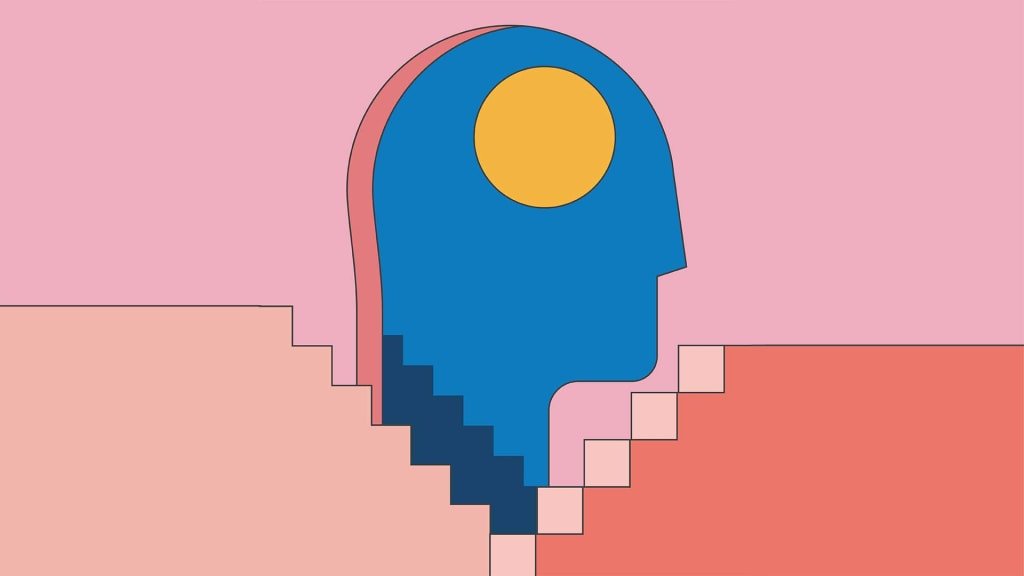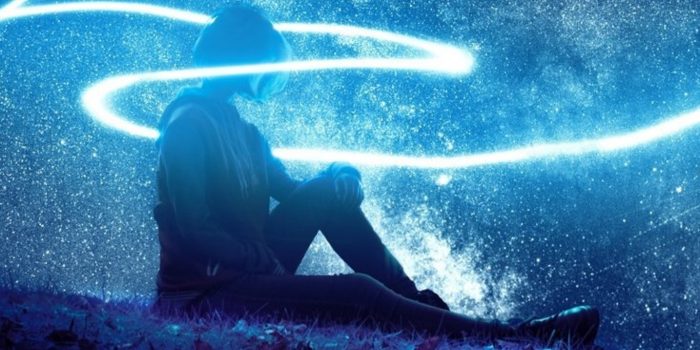A sleep technique described by artist Salvador Dalí and famous inventor Thomas Edison might work to inspire creativity, researchers have found.
They used to hold an object like a spoon or a ball while lying down to sleep. When they would fall asleep, the object would fall from their hands, make noise, and wake them up. That point used to be ideal for working for them.
This sleep stage is called the hypnagogia state or N1. It only stays for a couple of minutes before you enter a deeper stage. It is described as the “ideal cocktail for creativity,” the researchers wrote in the journal, Science Advances on December 8. Humans spend 5 percent of their sleep time in this stage.
In this stage, you can imagine shapes, colors, or even bits of dreams in front of your closed eyes, yet still, hear stuff in your room.
Oudiette and her group set out to test whether the sleep method would work for everyday people. They recruited 103 healthy participants who could fall asleep easily and asked them to avoid stimulants and sleep a bit less than usual the night before the experiment.
They had to solve a math problem by guessing the last digit in a sequence. There were two rules explained to them to figure out the answer.
However, the researchers also incorporated a “hidden rule” that the eighth digit was always the second digit in the sequence. This rule would cut down the processing time significantly.
“Contrarily to the popular view, creativity is not restricted to specific fields such as arts,” Oudiette said. “Creativity involves two elements: originality and usefulness to the context.”
In the first part of the experiment, the participants were asked to solve 10 maths problems using the two rules. After a 20-minute break, they were asked to sleep on a semi-recliner in dark with their hands outside the armrests. They held cups to wake them up.
“The goal was to isolate the specific effect of N1 without any contamination of other sleep stages,” Oudiette said.
The researchers used an electroencephalogram (EEG) to detect when the participants drifted from the N1 stage to the deeper N2 stage.
After resting, more problems were given to them. Researchers noticed if they were faster this time or if they figured out the hidden rule.

It was found out that the participants who spent at least 15 seconds in the N1 stage had an 83 percent chance of discovering the hidden rule, compared with a 30 percent chance for those who remained awake.
“The only difference between the two groups is one minute,” Oudiette said. That’s “kind of a spectacular result.” If the participants drifted to N2, the effects disappeared.
Participants were asked what they were thinking while resting. One participant said “At one point, I saw a horse in the hospital. There was also a man who was doing the same experiment like me, who was much older and who had a kind of plastic helmet on his face,” while another said, “I had the feeling of being at the water’s edge, no wind, there were airy sounds, as in a temperate forest in summer”.
“It doesn’t mean that these experiences play no role though, further studies are needed on this point,” Oudiette said.
“We investigated the everyday person, not Dalí or Edison,” Oudiette said. Better yet, “we used an object that costs three euros.”


